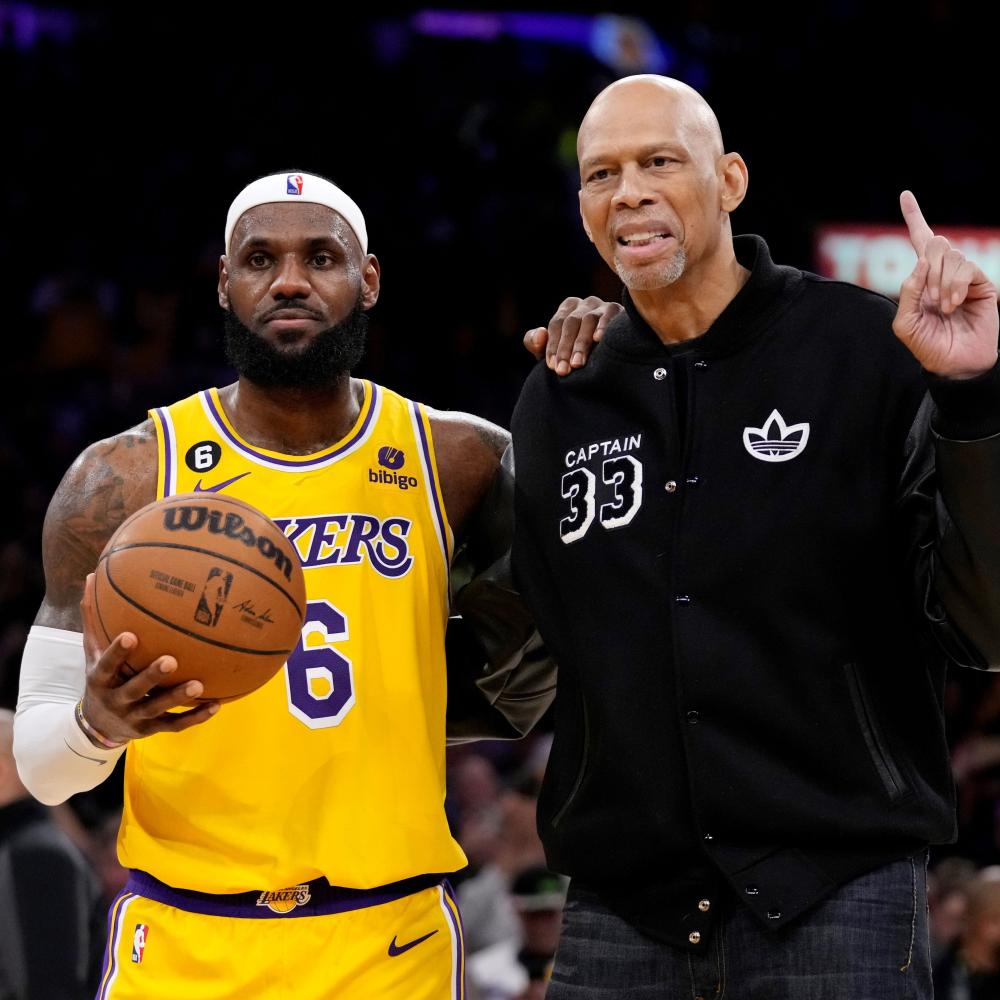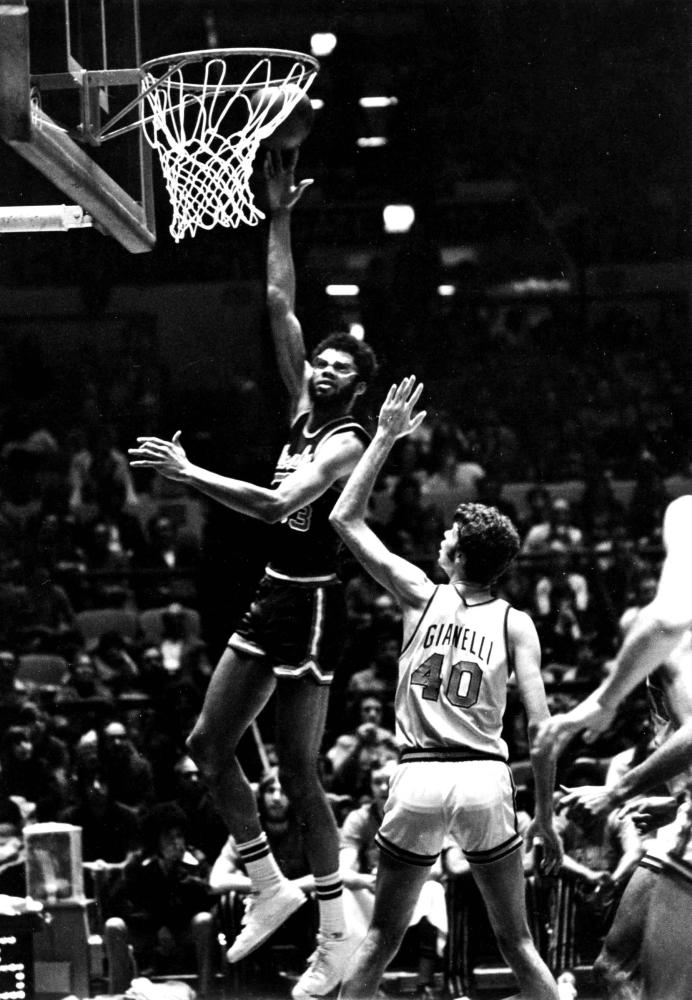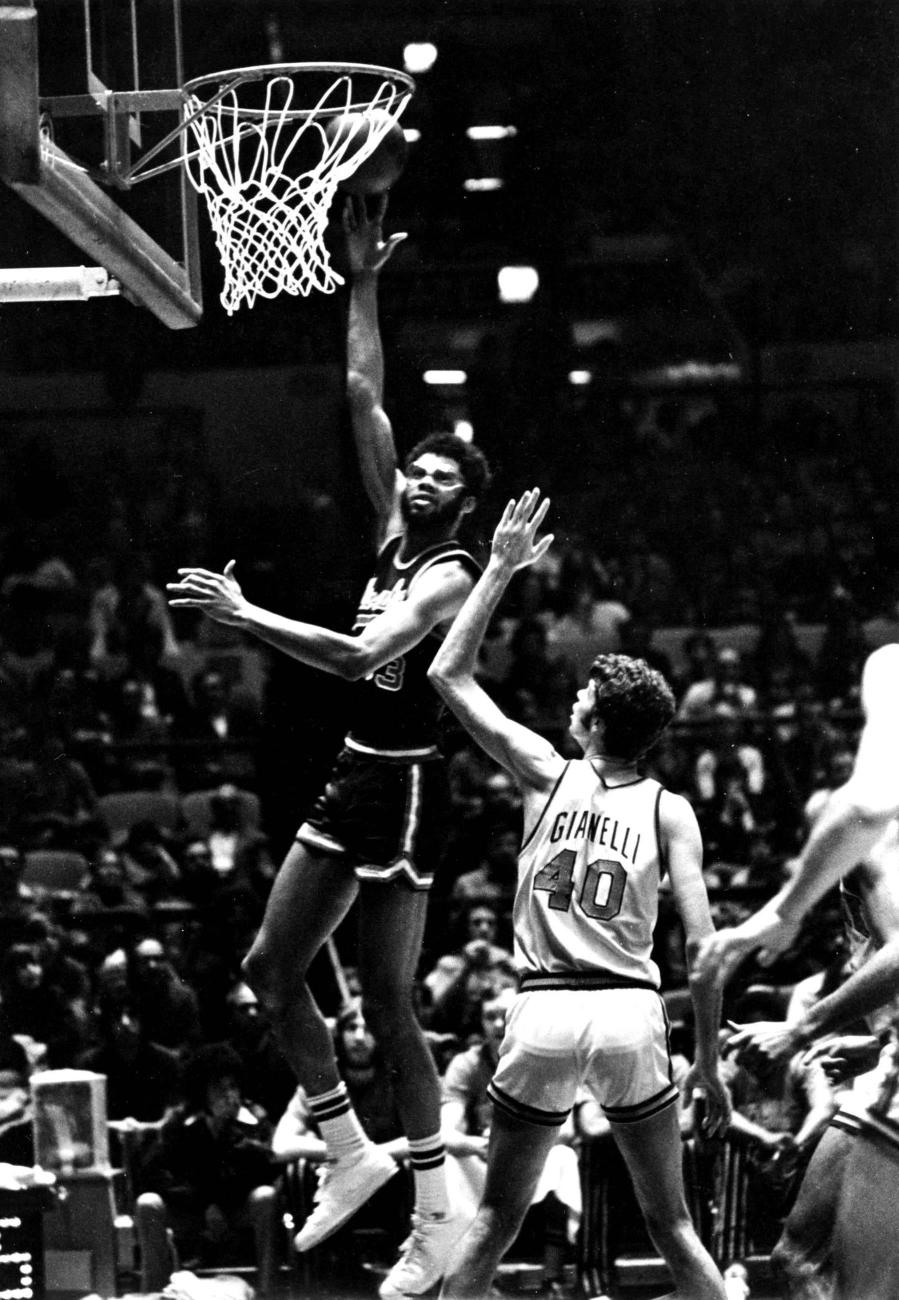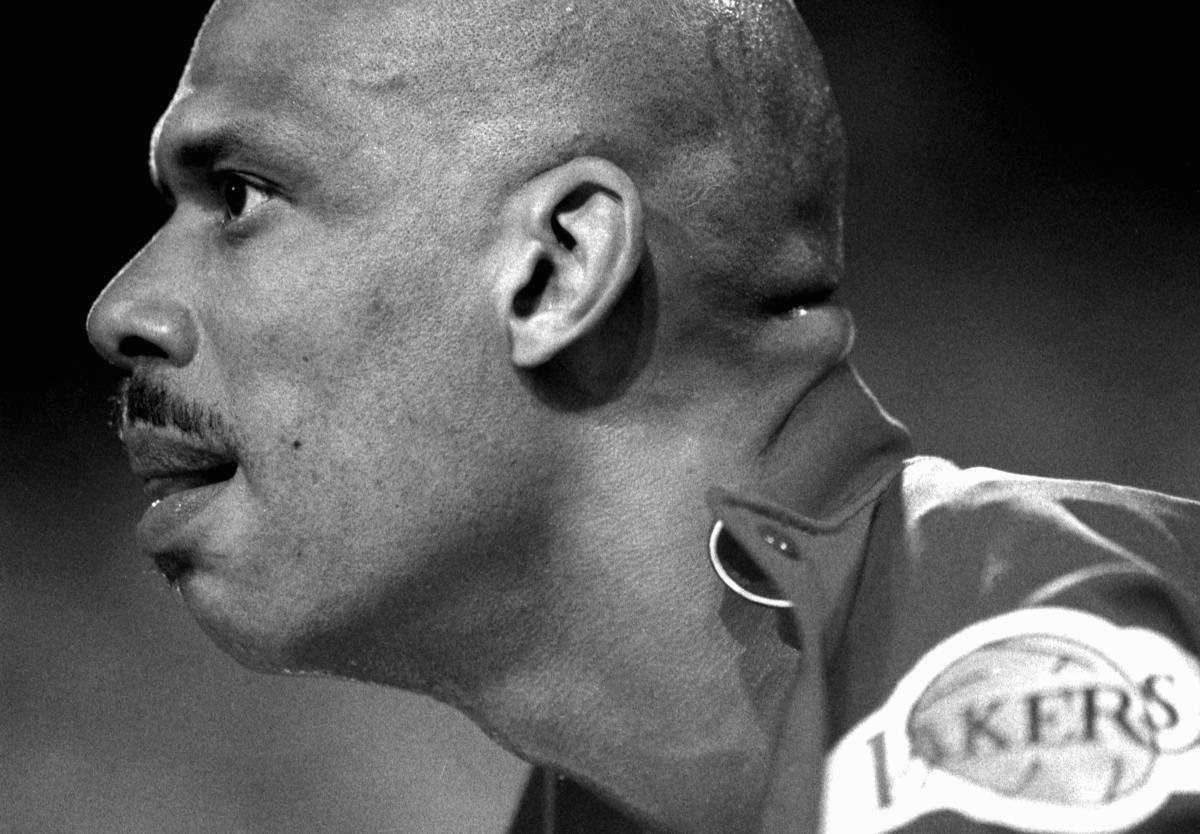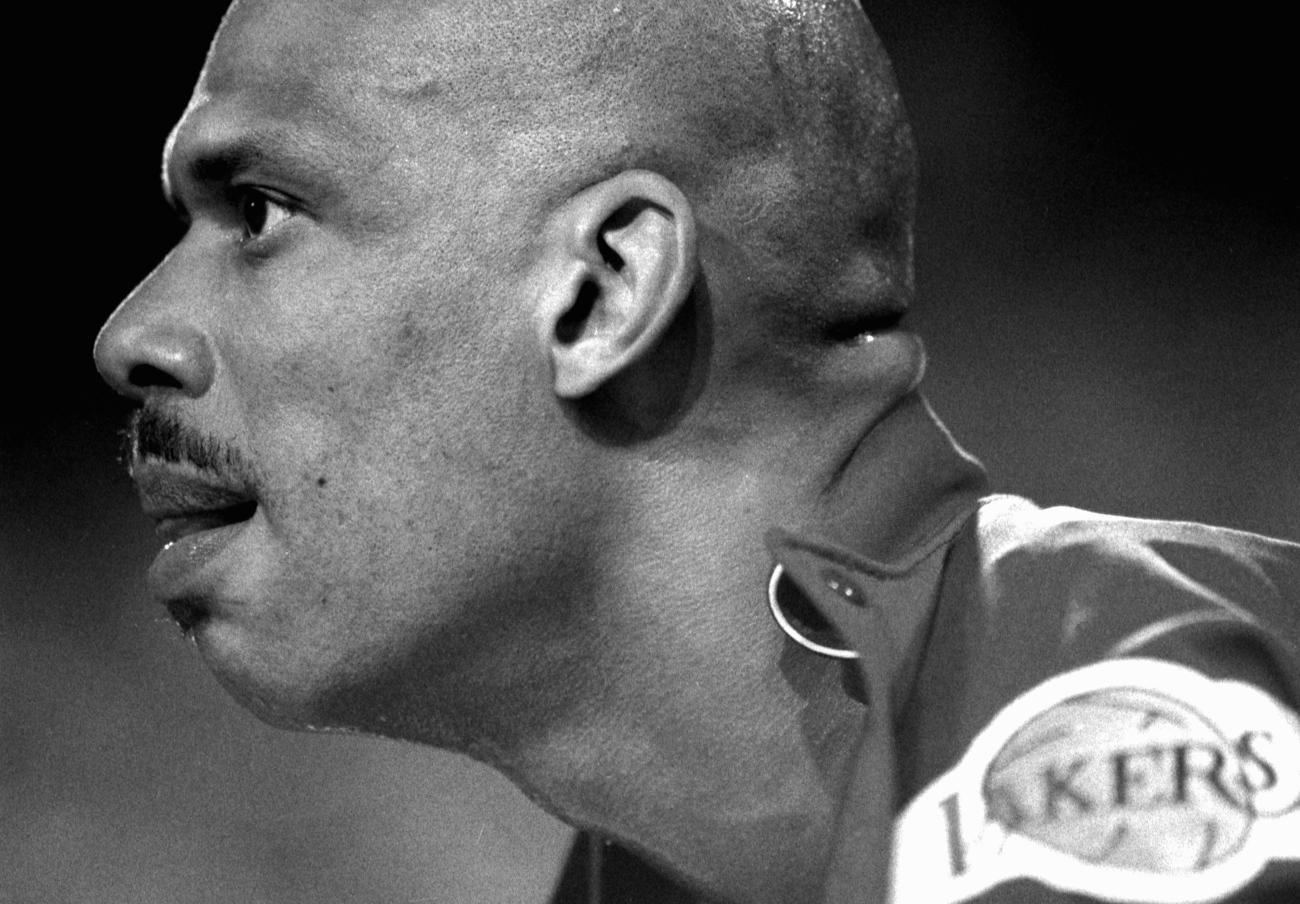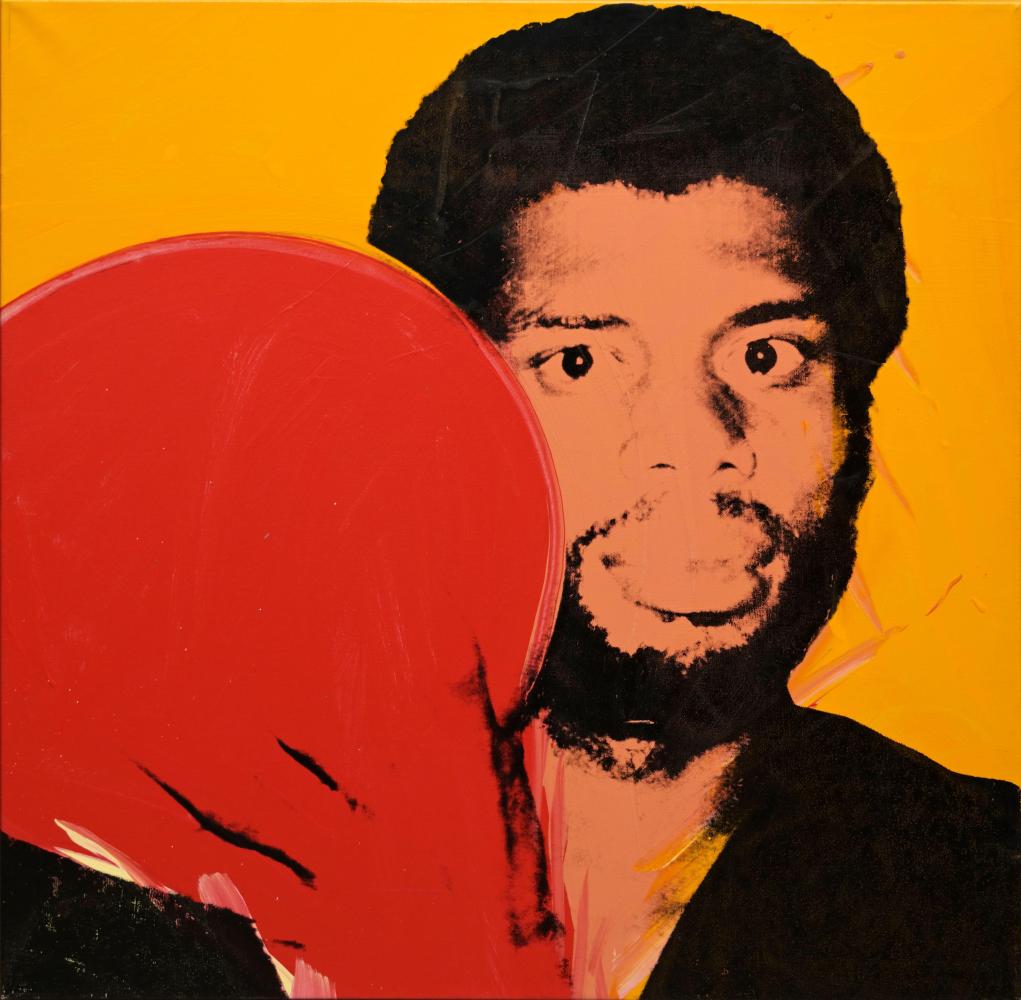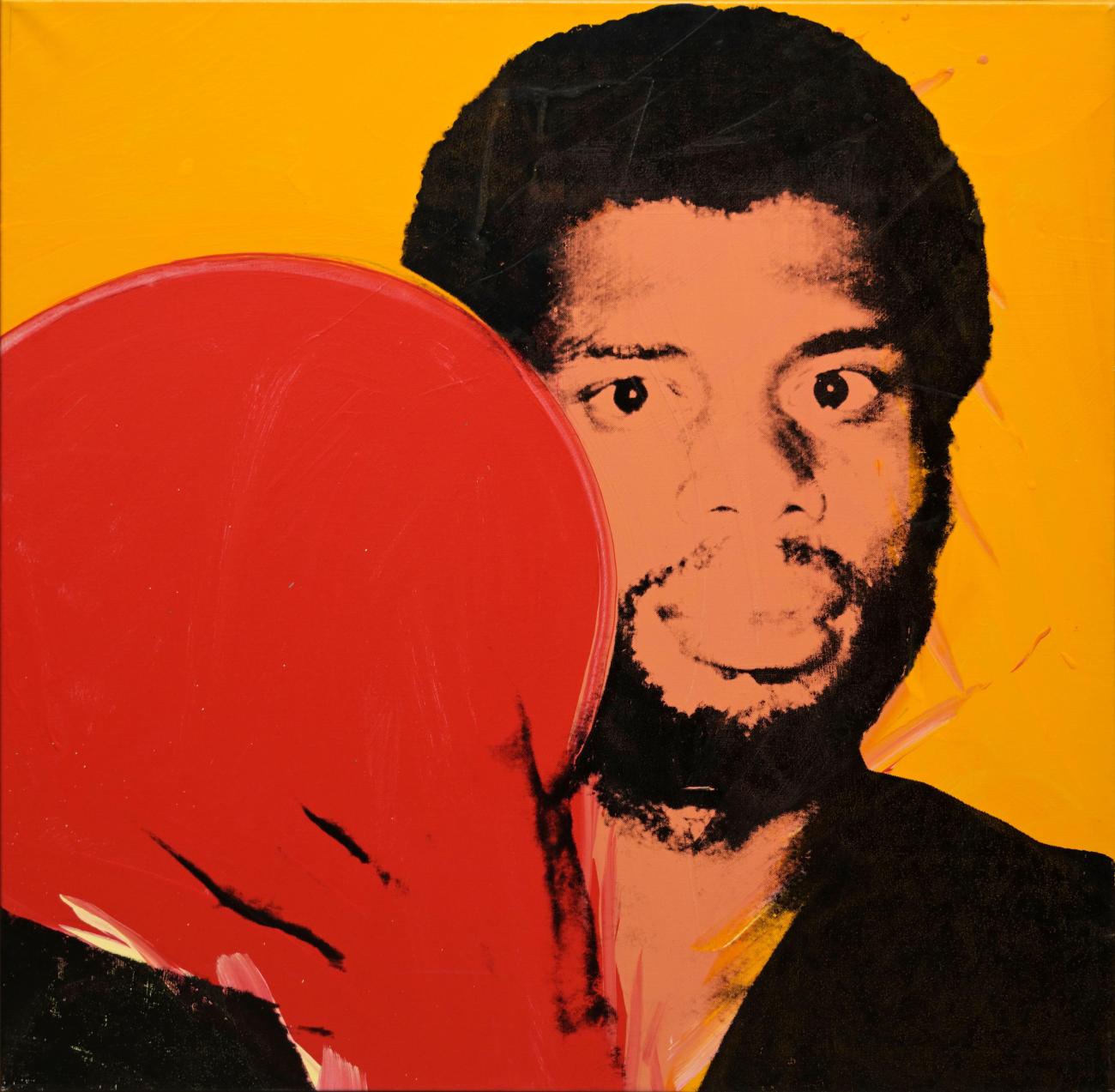On Tuesday, February 7, 2023, the Los Angeles Lakers star forward LeBron James surpassed the all-time scoring record of another famed Laker, Kareem Abdul-Jabbar. After sinking a two-point fadeaway jumper against the Oklahoma City Thunder, James had tears in his eyes as fans in Los Angeles’s Crypto.com arena erupted in celebration of his epic achievement. Jabbar’s record of 38,387 points had stood for nearly 39 years, a testament to the 7-foot-2 center’s dominance throughout his 20-year NBA career, from 1969 to 1989.
At first glance, these two iconic players, separated by more than a generation, could not be more different. Jabbar, an introverted and intellectual homebody, publishes history books and writes critical thought pieces on his personal Substack, while James, a confident, yet affable star, has cultivated a massive global presence on both traditional and social media. However, age and personality differences aside, their connections run deep—much deeper than just a scoring record or the interminable debates about who is the NBA’s GOAT (greatest of all time).
In many respects, Jabbar set the stage for James and the rise of the twenty-first-century Black professional athlete. He and other outspoken and unapologetically Black players of the 1970s took advantage of their increasing visibility in the media to express new forms of Black masculine identity and to weigh in on current affairs. Yet, in the first years of his storied career, Jabbar, then known as Lew Alcindor, was not only misunderstood, but often vilified for challenging the racial etiquette expected of African American athletes at the time.
“How it is for a 22-year-old rookie thrust into a pressure-cooker; how it is to be rich and talented and black and troubled.” That is how Roger Kahn of Sport magazine had summed up “Lew Alcindor’s Life as a Pro” in February 1970. The Milwaukee Bucks center seemed emblematic of the growing power of Black pro athletes, chafing against the rigid expectations of the white team owners and league officials, the white sports media, and white fans. Kahn had interviewed Alcindor in a dingy room at the Quality Courts Motel in St. Louis on November 25, 1969.
It had been difficult for Kahn to get an appointment with the NBA’s newest superstar. Not wanting to antagonize its franchise player, the Milwaukee Bucks front office did little to help the writer connect with Alcindor. It appeared as if Alcindor was running the show. Kahn, not surprisingly, had come to the meeting chock-full of nerves and with very low expectations. Even before his difficulties in reaching the enigmatic Black center, he had already had a bad impression of Alcindor, thanks to the sports pages. Alcindor was reportedly “mercenary, rude, possibly anti-white,” and “he had an unnerving recent record of aggressiveness toward opponents: one broken jaw, one knockout and one foiled attack in a few months.”
Despite his fears, what Kahn discovered instead in that dreary motel room was “a bright, sensitive, and esthetic young man.” It made Kahn wonder. What did this misunderstanding say about the status of Alcindor and other Black people in America? What did it say about U.S. society—“the society that had made him both millionaire and n-----”?
In the wake of the civil rights victories of the sixties and amid surging Black Power activism and what was perceived as a deepening “urban crisis,” which disproportionately affected African Americans, the racial politics that greeted Alcindor and his generation of Black ballplayers were complicated. “How do you see your role in the black movement?” Kahn asked. Born on April 16, 1947, one day after Jackie Robinson officially desegregated Major League Baseball, Alcindor understood that what was expected of him as a Black athlete was much different from what had been expected of Robinson and other pioneering African American pros. All Robinson had to do was make base hits “because white people thought he wasn’t good enough to do it,” Alcindor noted. But that was not enough anymore. “It’s fragmented, man,” Alcindor said of the wider Black movement. “Some go to church. Some go to school. Some do nothing. Some want revolt.” For the young Alcindor, figuring out where he fit into this complex picture was no easy task, especially because his own ideas about Black activism were still evolving.
He seemed to embody the intricacy of African American politics in the post-civil rights era. His favorite book was the Autobiography of Malcolm X. He listened to the jazz music of Miles Davis, converted to Islam, and studied African languages. Although he called out white racism, he was not a militant in the same vein as the Black Panthers or Kwame Ture. Unlike some African American athletes from previous generations who sought crossover acceptance from white fans, Alcindor simply endeavored to be his own man, to explore and define his evolving sense of Blackness on his own terms. “Try to get change as quickly and painlessly” as possible, Alcindor said of his political vision. “Try to stand for something positive. Be something positive.”
For many white sportswriters and fans, Alcindor was anything but positive. He had managed to alienate much of the local media in Milwaukee, for he often declined to answer questions or replied with grunts and one-word answers. Alcindor refused to play by the typical rules of etiquette that white reporters and fans alike expected of African American athletes: be humble, be grateful, be cheerful, be accessible, and, above all, be apolitical. Instead, the quiet, brooding rookie kept white journalists off balance.
Although he worked hard on the court, he felt in no way compelled to go out of his way to please or placate the NBA’s majority-white fan base. At a game against the Seattle SuperSonics in late November 1969, Alcindor fouled out in the final seconds of the fourth quarter after lunging at Black center Bob Rule. As the capacity crowd of 13,000 in the Seattle Center Coliseum jeered at him, Alcindor responded by spitting on the court. The game ended with a narrow 117‒115 victory for the Bucks. As the teams walked to the locker rooms, a white teenager ran toward Alcindor and yelled, “You big bum!” With one swing of his long arm, Alcindor knocked the teen to the floor. “It gets me,” he told Kahn, “the way people say now you’ve got the money, you’ve got contentment. The money makes for a stability, but there are pressures, man. Out there you’re a vector for all the hostility in the stands.” How white sportswriters and fans wrestled with Alcindor’s dominance on the court and surliness off the court was a microcosm of their reaction to the rising wealth and influence of Black professional ballplayers throughout the 1970s.
In June 1971, Alcindor stood in front of the U.S. State Department, flanked by teammate Oscar Robertson and Coach Larry Costello, for a press conference announcing their upcoming government-sponsored tour of the African continent. “For me this is a return to the fountainhead,” Alcindor told reporters. He had studied African history at UCLA and now looked forward to visiting the original home of his forebears.
Alcindor also insisted that reporters call him by his new name, Kareem Abdul-Jabbar. “I first used the name in 1969,” he said, “but now that I am going overseas to represent my country, I would appreciate that courtesy.” He explained that Kareem translated to “noble or generous” and Abdul-Jabbar meant “servant of Allah.” As his faith had deepened, it no longer felt authentic to keep it hidden from public view. “I had lived two lives too long,” he recalled. “I knew I was going to take some heat for it, but Muhammad Ali had established a precedent and borne some of the brunt of the attack.” To dispel any confusion between his religion and that of the controversial heavyweight boxer, however, Jabbar clarified that he was not a member of the Nation of Islam. He practiced Sunni Islam.
Though exceptional in size and talent, Jabbar was by no means singular in his desire to push back against white Americans’ rigid and simplistic expectations of Black athletes. As African American ballplayers gained strength in numbers and greater financial clout in the early 1970s, they were no longer content to abide by the rules and customs of the white basketball establishment, whether on or off the court. They led the fight for free agency and a greater share of the profits. They introduced the moves and attitude of Black street basketball to the league. Above all, they demanded respect as professionals and as men—on their own terms.
In 2012, James and the Miami Heat took a pregame photo wearing hoodies in support of Trayvon Martin, the African American teenager gunned down by vigilante George Zimmerman in Florida. Over the years, James has remained outspoken in support of the larger #BlackLivesMatter movement and critical of racism within the league.
James stands on Jabbar’s shoulders, not just in terms of his talent on the court, but also in terms of his stature and recognition off the court. Jabbar and Black players of the seventies fought many hard-won battles for higher compensation, labor protections, and the right to express themselves on their own terms—battles that opened up space for this vibrant critique decades later. Though sometimes disparaged and often disregarded, Jabbar and his generation helped pave the way for the growth of the NBA (and James) as a global brand and cultural force.

